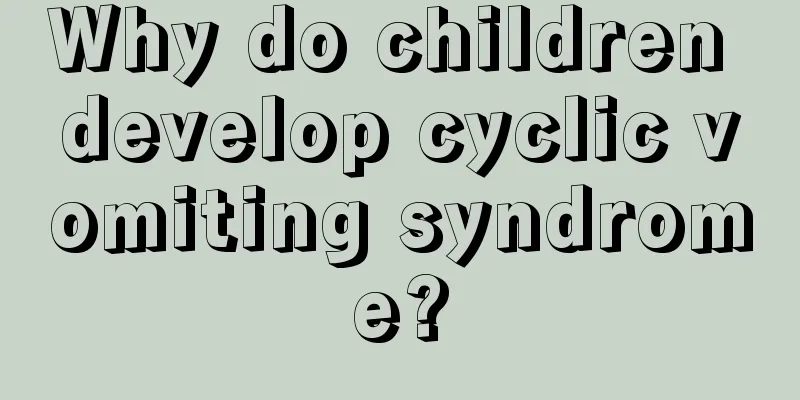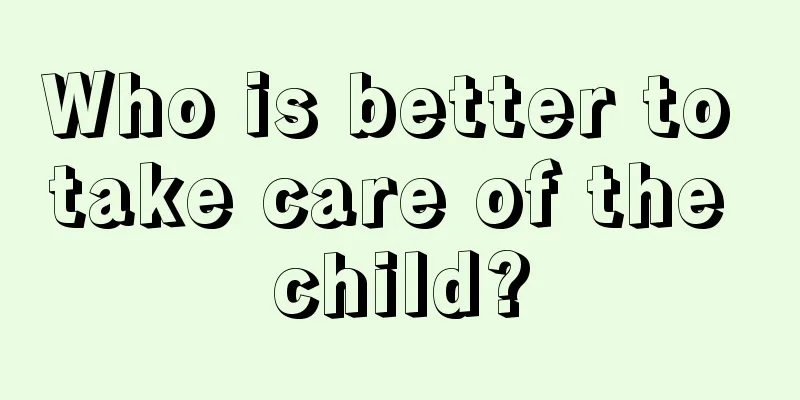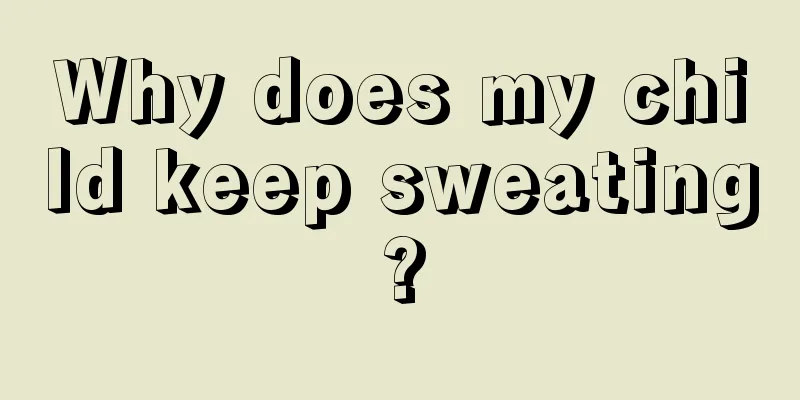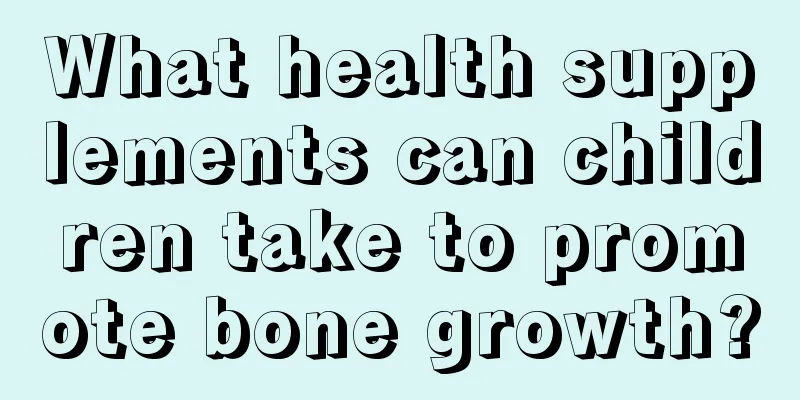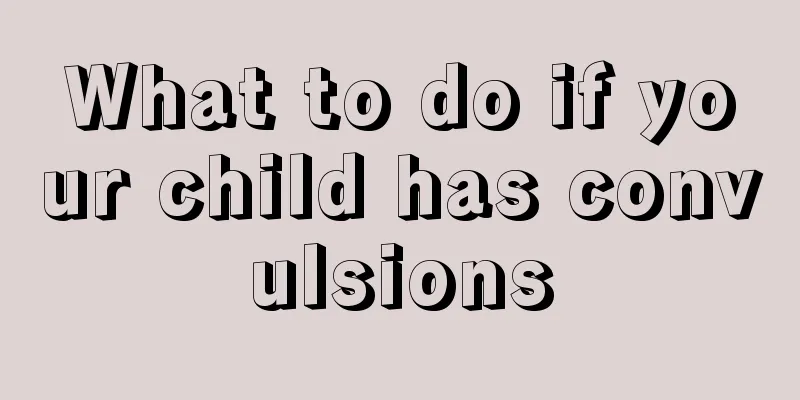What are the symptoms of high blood pressure in children?
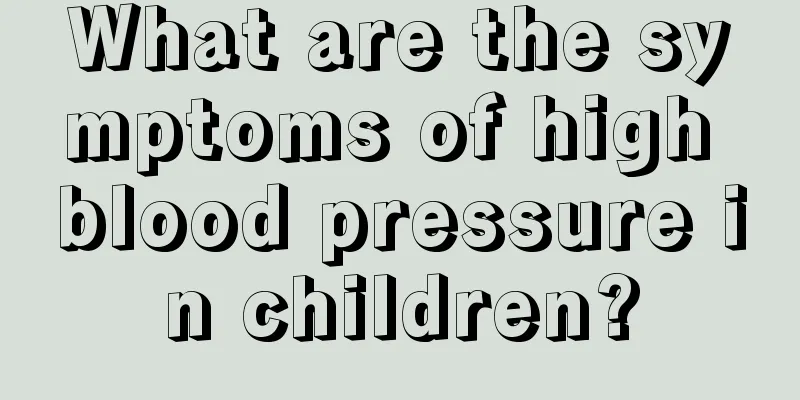
|
People who are overweight and elderly people are prone to high blood pressure. In comparison, children rarely suffer from high blood pressure. The causes of high blood pressure in children can be divided into two categories: primary and secondary. Primary causes include genetic factors and congenital obesity, etc., secondary causes include kidney disease, brain disease, etc. So if a child has high blood pressure, what symptoms are most likely to occur? What are the symptoms of high blood pressure in children? What are the symptoms of high blood pressure in children? Although most patients with hypertension are elderly people, pediatric patients with hypertension should not be ignored, because children have weak physical resistance and poor physical fitness, and their symptoms and characteristics are different from those of common hypertension. So, what are the symptoms of hypertension in children? Please see below. 1. Symptoms of hypertension in children vary with the degree of increase in blood pressure, the presence or absence of underlying diseases, and their severity. (1) Children with mild hypertension often have no obvious symptoms and are only discovered during physical examinations. When blood pressure rises significantly, symptoms such as dizziness, headache, nausea, and vomiting may occur. Hypertension can be diagnosed when blood pressure exceeds 10.7/6.7 kPa for newborns, 13.3/8.O kPa for infants, 16.0/10.5 kPa for preschoolers, and 17.3/12.O kPa for school-age children. Blood pressure exceeding 20/13.3 kPa in any age group is considered severe hypertension. Persistent severe hypertension, or a rapid increase in blood pressure in a short period of time, may cause hypertensive crisis, manifested by severe headache, irritability, blurred vision or blindness, and even convulsions and coma. If not actively treated, it is often life-threatening or leaves serious sequelae. (2) Symptoms of renal damage are often not obvious, and nocturia may occur in the late stages. The clinical features of adrenal sexual dysfunction include virilization and hypertension. (3) Pheochromocytoma may cause symptoms such as excessive sweating, palpitations, tachycardia, weight loss, and excessive catecholamines in the blood; (4) Symptoms of hypercortisolism include weakness, obesity, changes in body shape, hirsutism, and ecchymosis; (5) Primary aldosteronism is characterized by periodic hypotonia, weakness, tetany, polyuria, and thirst; (6) Fundus changes are divided into 4 degrees. Grade I: normal fundus; Grade II: focal arteriolar spasm can be seen; Grade III: accompanied by exudation or bleeding; Grade IV: accompanied by papilledema. Grade III or IV fundus changes indicate malignant hypertension, which may rapidly progress to hypertensive encephalopathy and should be actively treated with antihypertensive therapy. 2. Positive signs vary depending on the primary disease. During the physical examination, blood pressure in the limbs must be measured and the carotid artery and limb pulses must be palpated. In children with aortic coarctation, the upper limb blood pressure is more than 2.67 kPa (20 mmHg) higher than the lower limb blood pressure. In severe cases, the femoral artery pulsation disappears and the lower limb blood pressure cannot be measured. At the same time, attention must be paid to bruits in the large blood vessels of the abdomen, waist and neck. Vascular murmurs can be heard in about half of children with renal vascular diseases. Attention should also be paid to abdominal palpation. If a lump is found, it may be due to diseases such as hydronephrosis, polycystic kidney disease, pheochromocytoma, neuroblastoma or nephroblastoma. The above content is an introduction to the symptoms of hypertension in children. I believe that after reading it, you will have a certain understanding of the symptoms of hypertension in children. While doing a good job of prevention, parents should also always pay attention to their children’s physical condition. Once the child is found to have the above characteristics, it can be preliminarily judged as pediatric hypertension. Do not delay and go to the hospital for diagnosis and treatment immediately. |
<<: What are the symptoms of children’s indigestion and cough?
>>: What to do if your six-month-old baby has enteritis
Recommend
What kind of fruit is good for children with eye problems?
Eyes are the windows to the soul. Eyes allow peop...
What to do if a child has a black mole
Moles are very common. Both adults and children c...
What causes frequent urination in six-year-old children?
If a 6-year-old child has frequent urination, on ...
Can children with hand, foot and mouth disease drink milk?
Hand, foot and mouth disease is very easy to occu...
Why does my three-year-old baby keep blinking?
What worries parents the most during the growth o...
What is jaundice in children?
Nowadays, many newborns have symptoms of jaundice...
What are the causes of sleep convulsions in children?
Sleep convulsions are currently the most common s...
What are the symptoms when a child is frightened?
For newborn babies, although all food is fresh an...
Is it okay if the child falls on the back of his head?
As we all know, our brain is the most sophisticat...
What are the main reasons for lack of concentration?
For children, it is normal to be inattentive. For...
What should I do if my baby has a fever of 41 degrees?
A baby's cold and fever is enough to make par...
Why do children often feel dizzy?
Nowadays, most families have several adults revol...
How to care for newborn acne
Newborns are also prone to acne, which is closely...
Diet therapy for ADHD in children
Attention Deficit Hyperactivity Disorder in child...
Why does my child always complain about foot pain?
Foot pain in children is a common problem for man...
